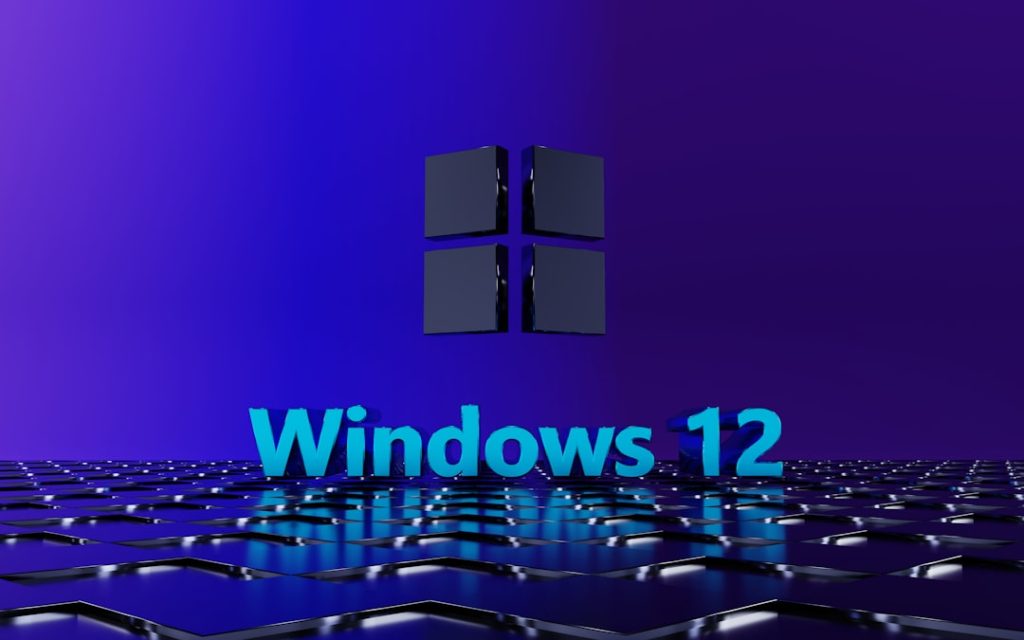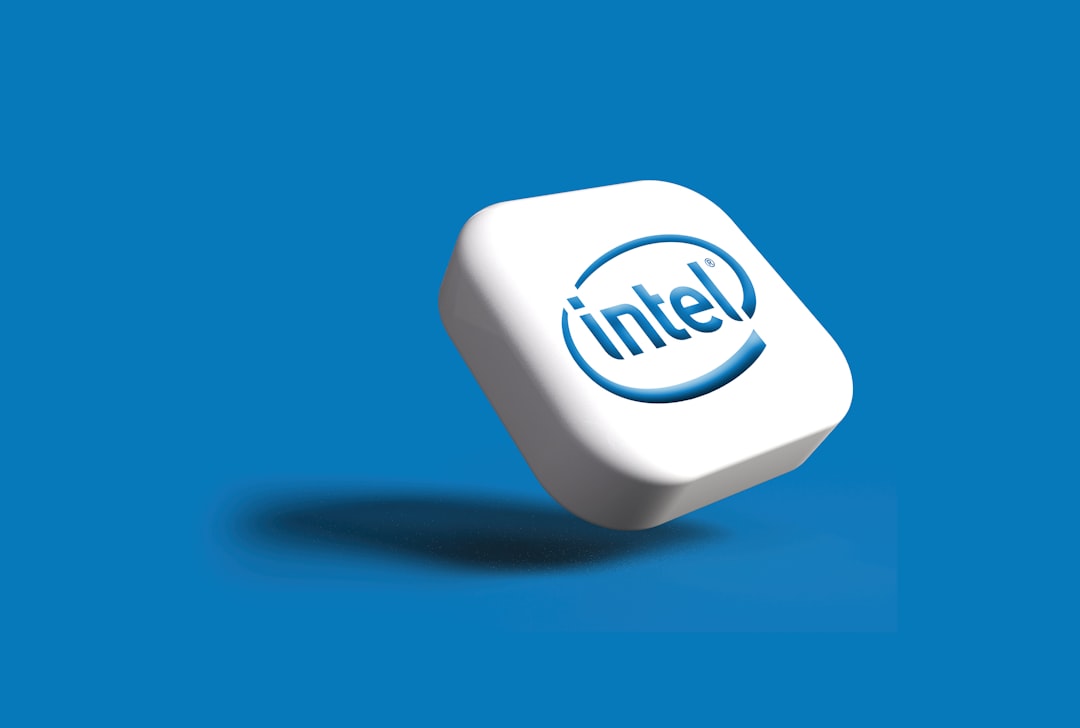Everything You Need To Know About Sysinfocap.exe On Your PC
4 min read
Have you stumbled upon a strange file on your PC called Sysinfocap.exe? If so, don’t panic! You’re in the right place to learn everything you need to know about it—all in simple, fun language.
Even though the name sounds tricky, this little file could be harmless—or not. Let’s figure it out together.
What Is Sysinfocap.exe?
Sysinfocap.exe is an executable file. That means it can run programs on your Windows computer. Usually, “.exe” files are used to start applications, services, or background tasks.
Sysinfocap sounds a lot like “System Info Capture,” doesn’t it? That’s a hint. Some versions of this file help gather technical information about your system. It might be used by your computer’s hardware or software for diagnostics.
But beware—not all versions of Sysinfocap.exe are good!
Where Can You Find It?
Most people find it in one of these places:
- C:\Windows\System32\ or C:\Program Files\
- In the Task Manager, listed under running processes
- In your startup programs
If you see it in a weird folder or if it’s using too much CPU or memory, you might have a problem.

Is It Safe?
It depends. Some software makers use fake names that sound real. Malware, for example, might disguise itself as Sysinfocap.exe to sneak into your system without being noticed.
Here are a few signs that it might not be safe:
- The file is in an unusual location
- It uses a lot of system resources
- Your PC is slower than usual
- You see pop-ups or strange errors
If any of these things are happening, take action!
How to Check If It’s Legit
Here’s how you can check if your Sysinfocap.exe is harmless or harmful:
- Right-click the file and choose Properties
- Look at the Digital Signature. Is it from a known company?
- Google the file path and see what others say
- Use antivirus software to scan it
Pro Tip: If the signature is blank or from an unknown source, it might be time to worry.
Is It a Virus?
Not always. But if hackers want to trick you, they’ll name viruses something like Sysinfocap.exe so you think it’s safe. Sneaky, right?
Use trusted antivirus tools like:
- Microsoft Defender
- Malwarebytes
- Norton or Avast
Run a full system scan. If your virus scanner flags Sysinfocap.exe as dangerous—take action right away.
What Should You Do With It?
Once you’ve checked it, you’ve got three choices:
- Leave it alone if it’s legit and important to your PC.
- Remove it if it’s hogging your system and not needed.
- Quarantine it if your antivirus says it’s fishy.
But wait! Don’t just delete it without knowing what it does. You could break something important.

How to Stop It From Running
If Sysinfocap.exe keeps popping up and slowing things down, here’s how to take control:
- Press Ctrl + Shift + Esc to open Task Manager
- Find Sysinfocap.exe in the list
- Right-click and choose End Task
To stop it from running at startup:
- Open Task Manager again
- Go to the Startup tab
- Look for Sysinfocap and click Disable
Can I Delete It?
Yes, but cautiously. Only delete Sysinfocap.exe if you’re sure it’s not a needed system file. If it’s bad and your antivirus missed it, use a trusted app like:
- CCleaner
- Revo Uninstaller
- Microsoft’s Malicious Software Removal Tool
When you delete, make sure to:
- Restart the computer in Safe Mode
- Back up your files first
- Clear your Recycle Bin after
How Did It Get There?
This is the tricky part. Sysinfocap.exe might’ve come from:
- A software bundle you installed
- An accidental download from the web
- A phishing email or infected USB
Tip: Always double-check software before installing, and never click links from strangers.
How to Prevent Problems in the Future
Want to protect your system from more mysterious files like this one? Try these tips:
- Download software only from official websites
- Keep your antivirus updated
- Don’t skip Windows updates
- Be careful with email attachments
- Use a browser with built-in security features
When Should You Call a Pro?
If you’ve tried everything and Sysinfocap.exe just won’t go away—or if your PC is still acting weird—call in a tech expert.
You don’t have to fight it alone. Getting help can save time, frustration, and your precious files.
Final Thoughts
Sysinfocap.exe might be a helper file—or an unwanted guest. The key is to stay alert and know how to check it out.
Remember:
- Not every .exe file is dangerous
- Always scan unknown files
- Trust your gut—if something feels wrong, look into it

The more you learn about these little files, the better you’ll be at keeping your digital world safe and speedy.
Your PC deserves to be protected, and now you’ve got the knowledge to do just that! Happy computing!



